What Makes a Chair a Chair?
Helmut Grabner, Juergen Gall, and Luc Van Gool
Abstract
Many object classes are primarily defined by their functions. However, this fact has been left largely unexploited by visual object categorization or detection systems. We propose a method to learn an affordance detector. It identifies locations in the 3d space which support the particular function. Our novel approach imagines an actor performing an action typical for the target object class, instead of relying purely on the visual object appearance. So, function is handled as a cue complementary to appearance, rather than being a consideration after appearance-based detection. Experimental results are given for the functional category sitting. Such affordance is tested on a 3d representation of the scene, as can be realistically obtained through SfM or depth cameras. In contrast to appearancebased object detectors, affordance detection requires only very few training examples and generalizes very well to other sittable objects like benches or sofas when trained on a few chairs.
Images
 |
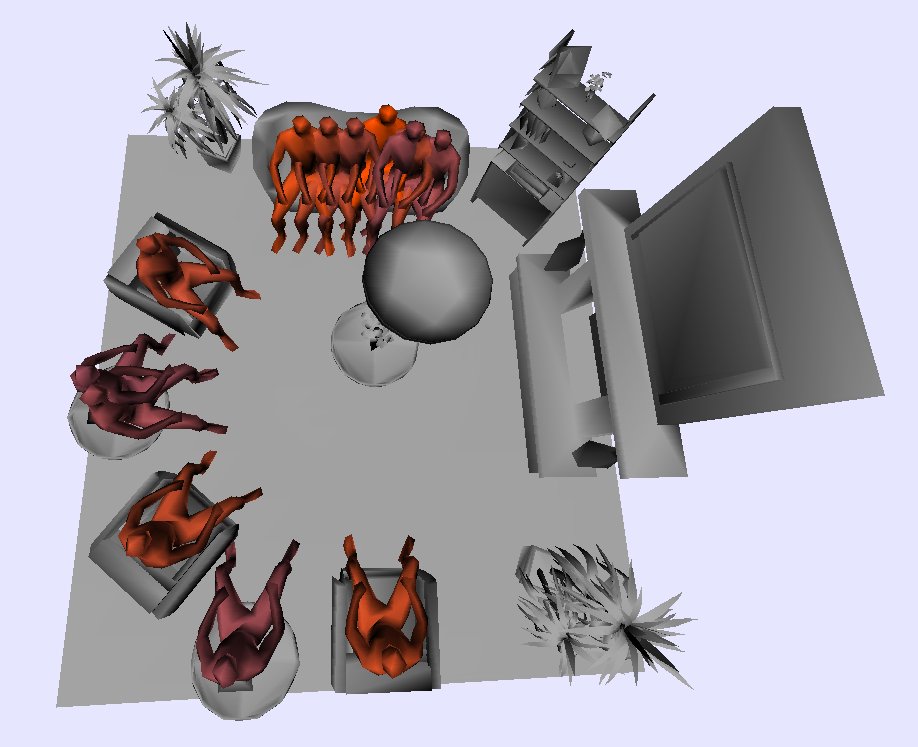 |
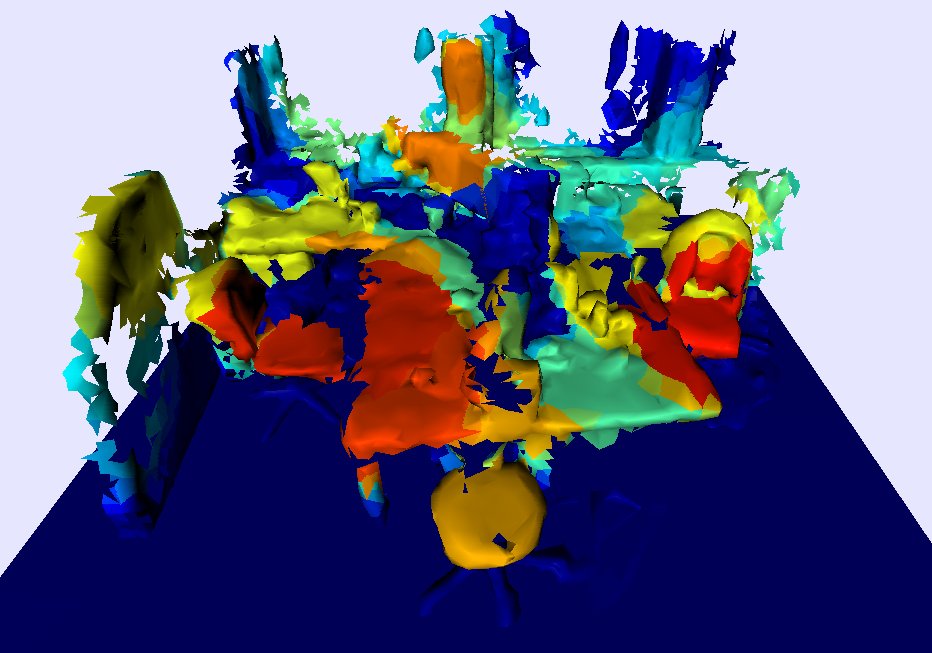 |
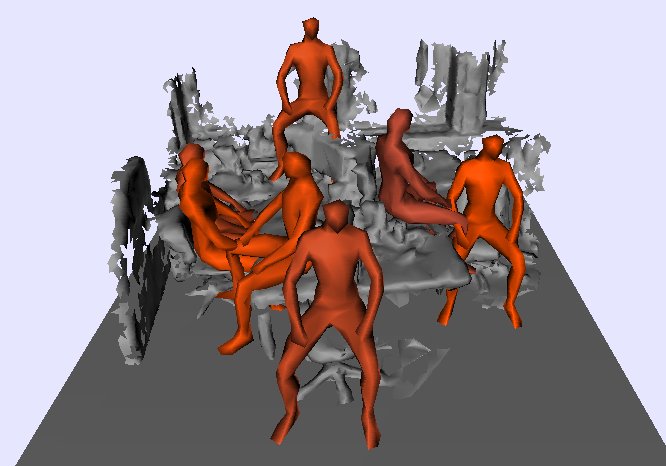 |
Confidence map for sitting |
Predicted sitting poses |
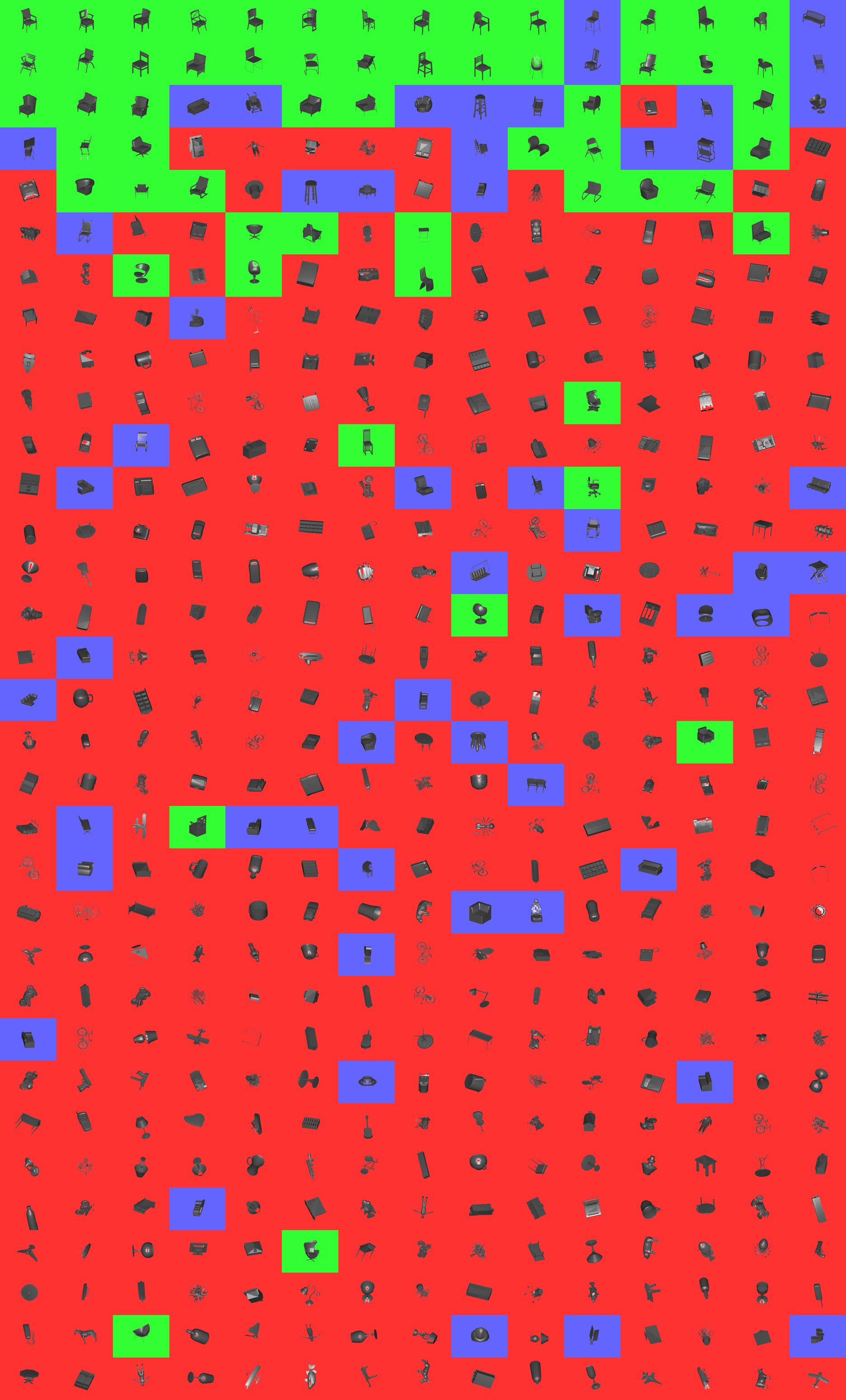 |
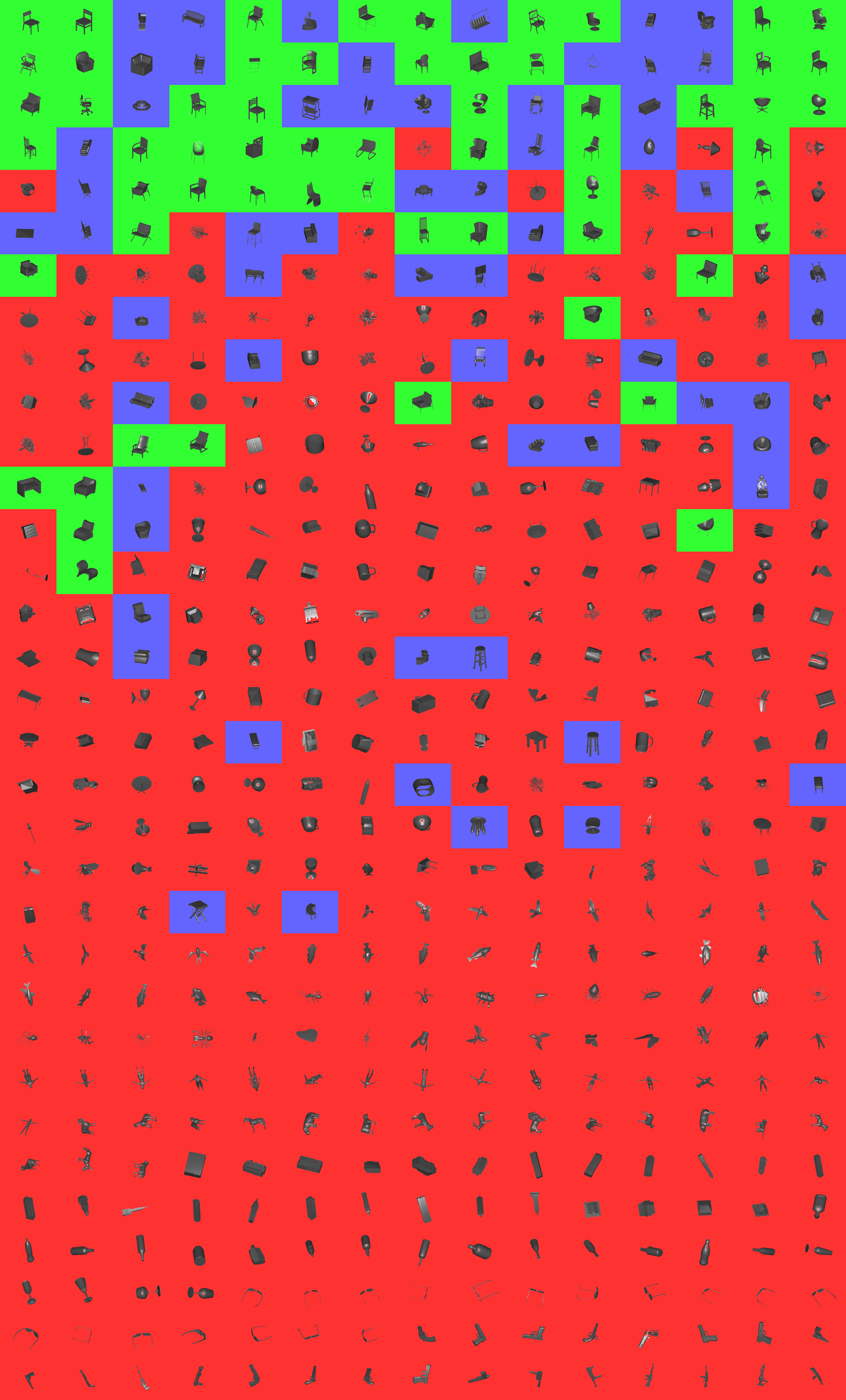 |
Ranking lists of Figure 7. Save or open the images in full resolution (1873x3099 pixels). |
|
Data
All data is only for research purposes. When using this data, please acknowledge the effort that went into data collection by referencing the corresponding paper. If you have questions concerning the data, please contact grabner@vision.ee.ethz.ch or gall@vision.ee.ethz.ch.
The chair dataset is provided as chairDataset.tar.gz or chairDataset.zip. It contains the used 3d models and an evaluation script. Furthermore, source code (Linux) is provided that visualizes the images shown in Figures 10, 11, and 12 in 3d.
Publications
Grabner H., Gall J., and van Gool L., What Makes a Chair a Chair? (PDF), IEEE Conference on Computer Vision and Pattern Recognition (CVPR'11), 1529-1536, 2011. ©IEEE